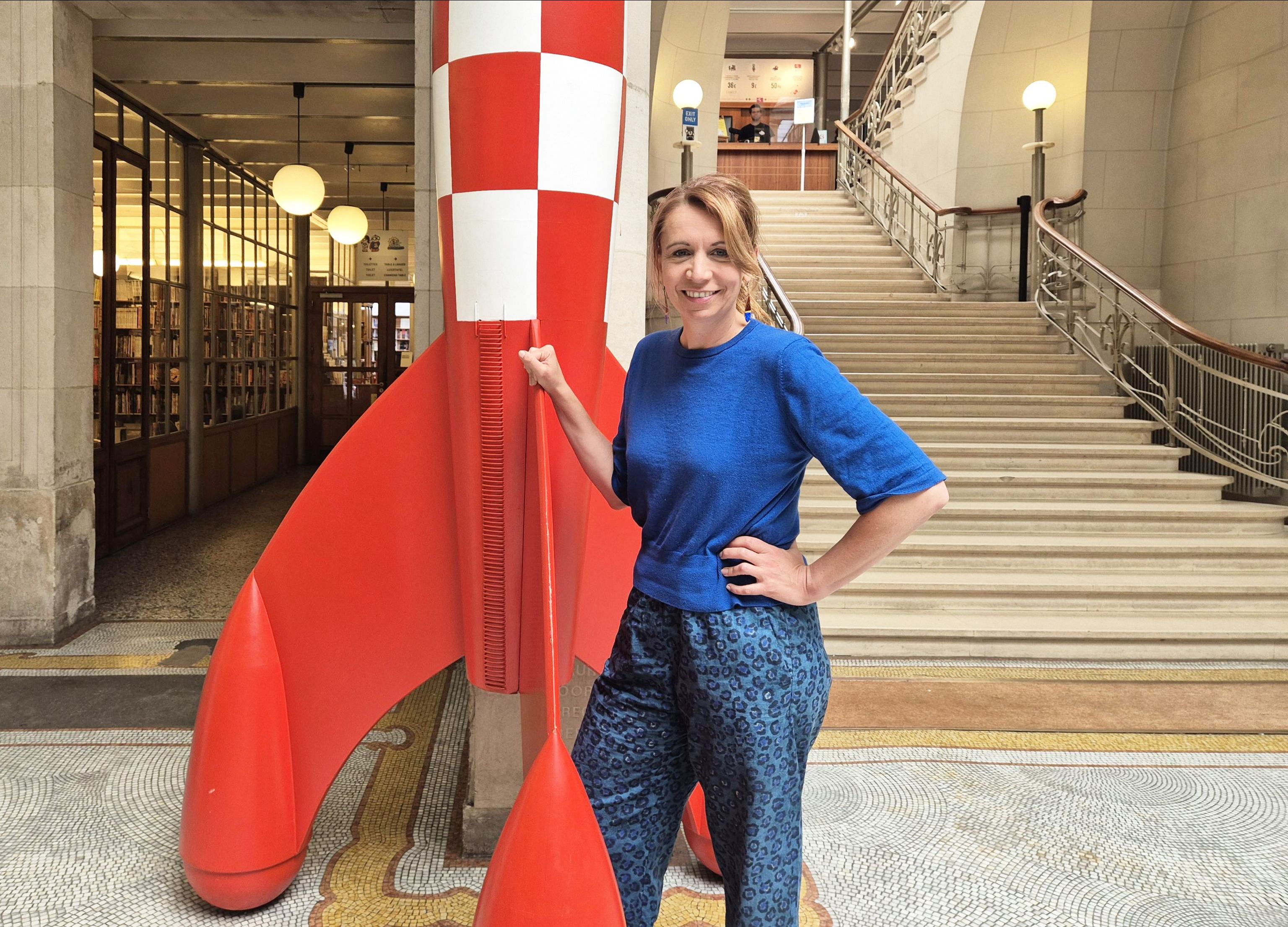Brussels crowns comic strip culture as intangible cultural heritage

The Belgian comic strip will be included in the Brussels Capital Region's list of intangible cultural heritage, Brussels secretary of state and Heritage minister Ans Persoons announced on Thursday. Persoons now wants to work with Belgium's other commnuities to have the art form recognised as UNESCO World Heritage.
Comics have been made in Brussels for almost two centuries. Le déluge à Bruxelles by Richard de Querelles in 1843 was the first, but it was Hergé, the creator of Tintin, who made Belgian comic strips famous and popular.
In 2020, comics were the second most popular type of publication in the French Community. On the Dutch-speaking side, too, they continue to sell. That is why the comic strip has been officially included in Brussels' list of intangible cultural heritage, alongside chicory culture and the Brussels dialect, among others.
“The comic strip, the ninth art, is without doubt one of the most important symbols of Brussels and its identity (...) a real Brussels particularity, which is now finally recognised as intangible cultural heritage,” said Persoons, who is responsible for urbanism and heritage.
Next, she wants the comic strip to be recognised as UNESCO World Heritage. She hopes to complete that process by 2029, the 100th anniversary of the first Tintin comic strip. That year will be entirely devoted to Belgian and Brussels comic strip culture.
Besides Hergé, other Brussels-based artists played an important role in the growing worldwide popularity of comic strips. Titles such as The Smurfs, Thorgal, XIII and Largo Winch, for example, are internationally known, and Belgium is an important centre for publishing comics that are distributed worldwide.
Ans Persoons at a press event at the Belgian Comic Strip Center in Brussels © BELGA PHOTO TIMON RAMBOER